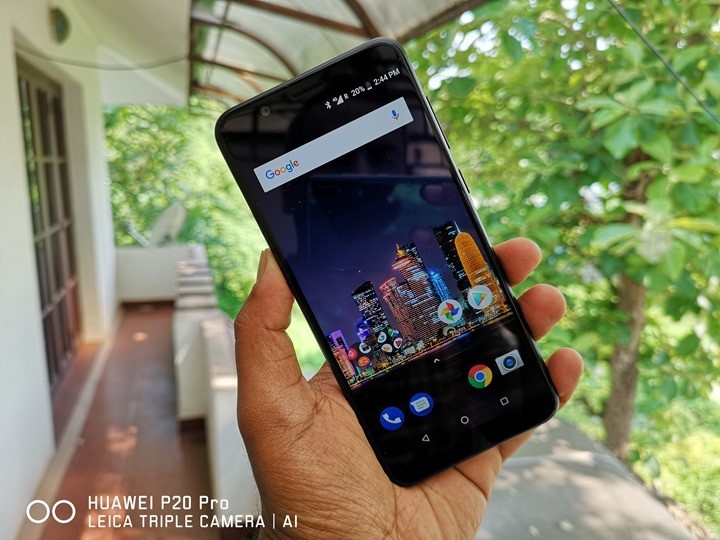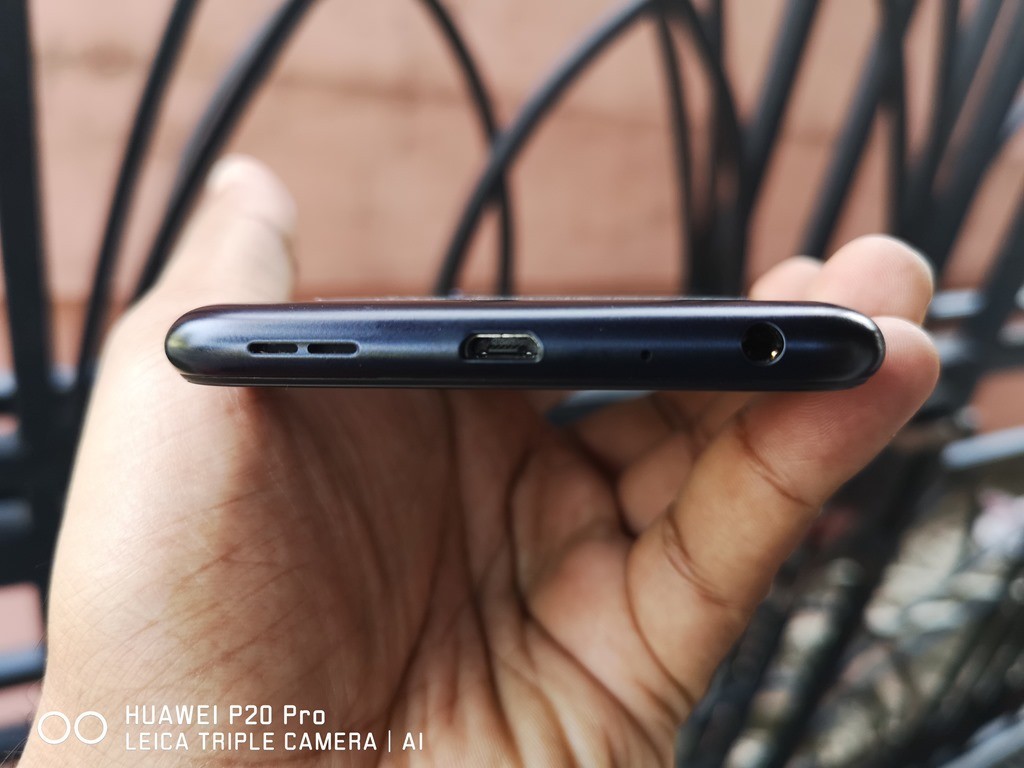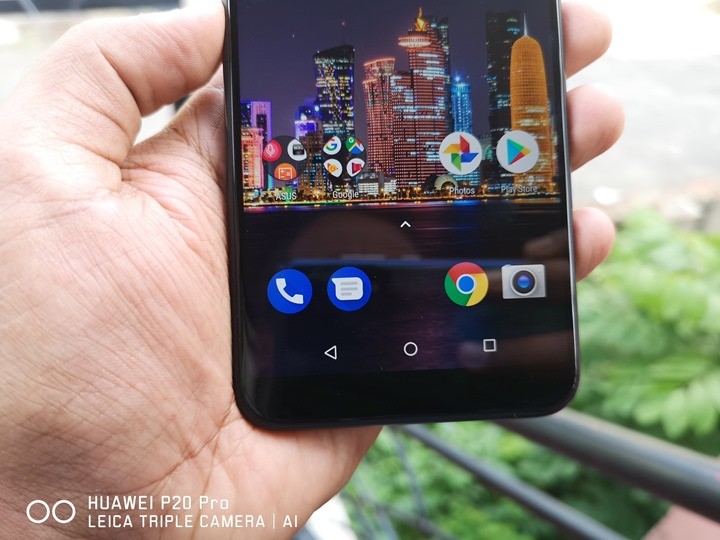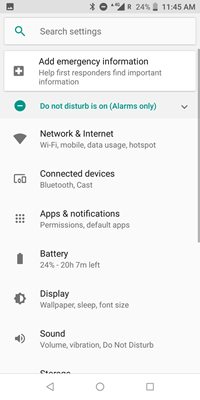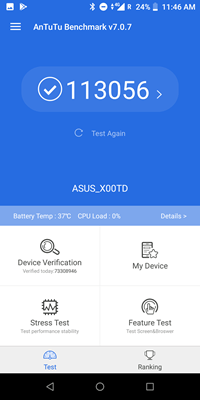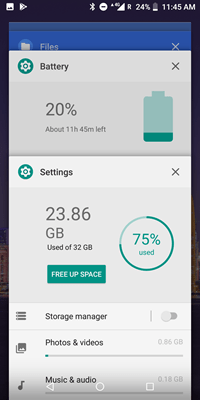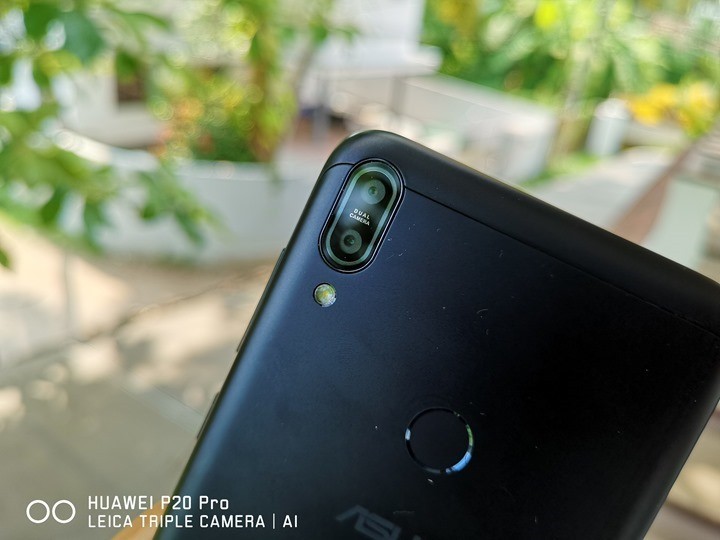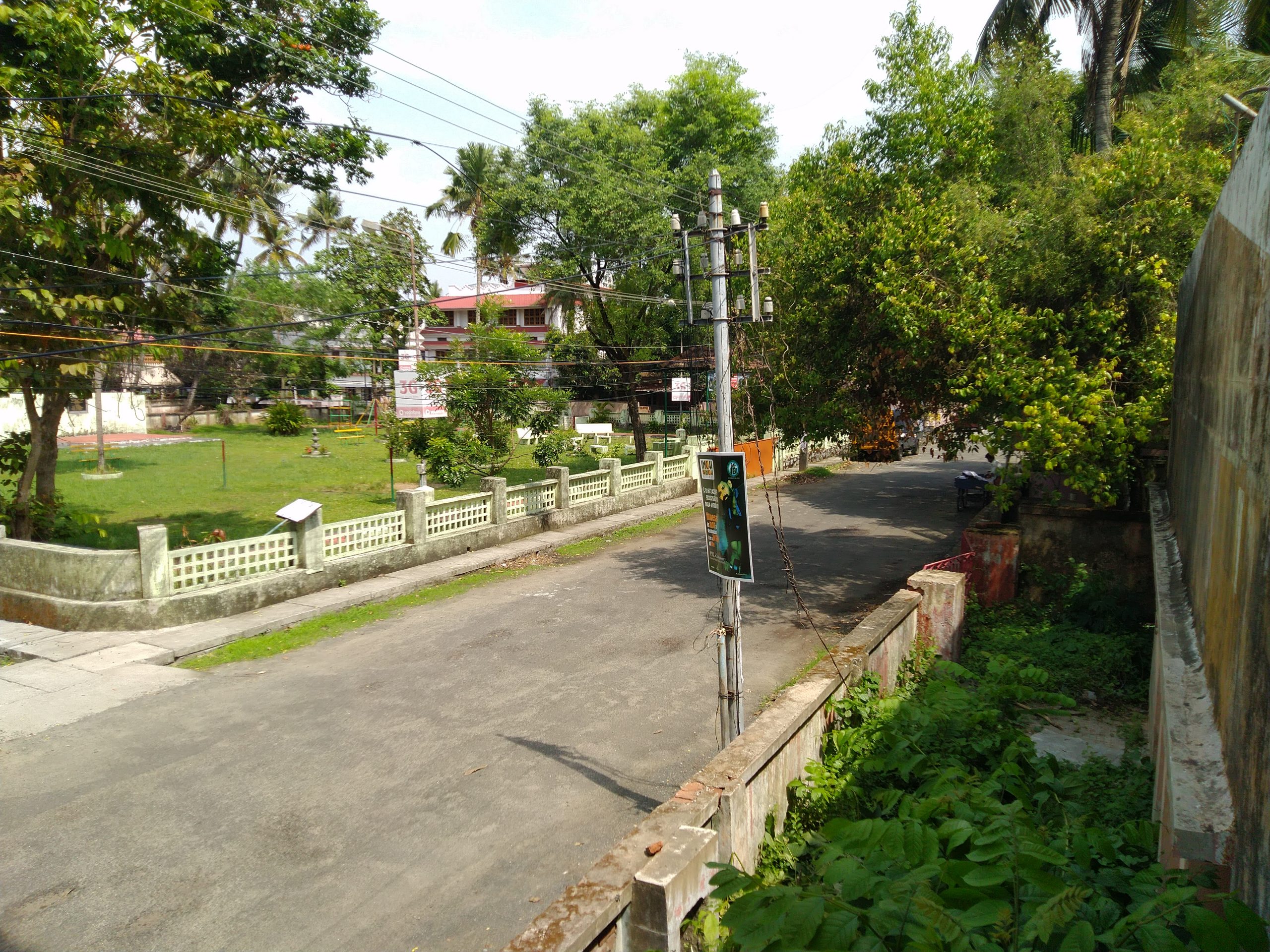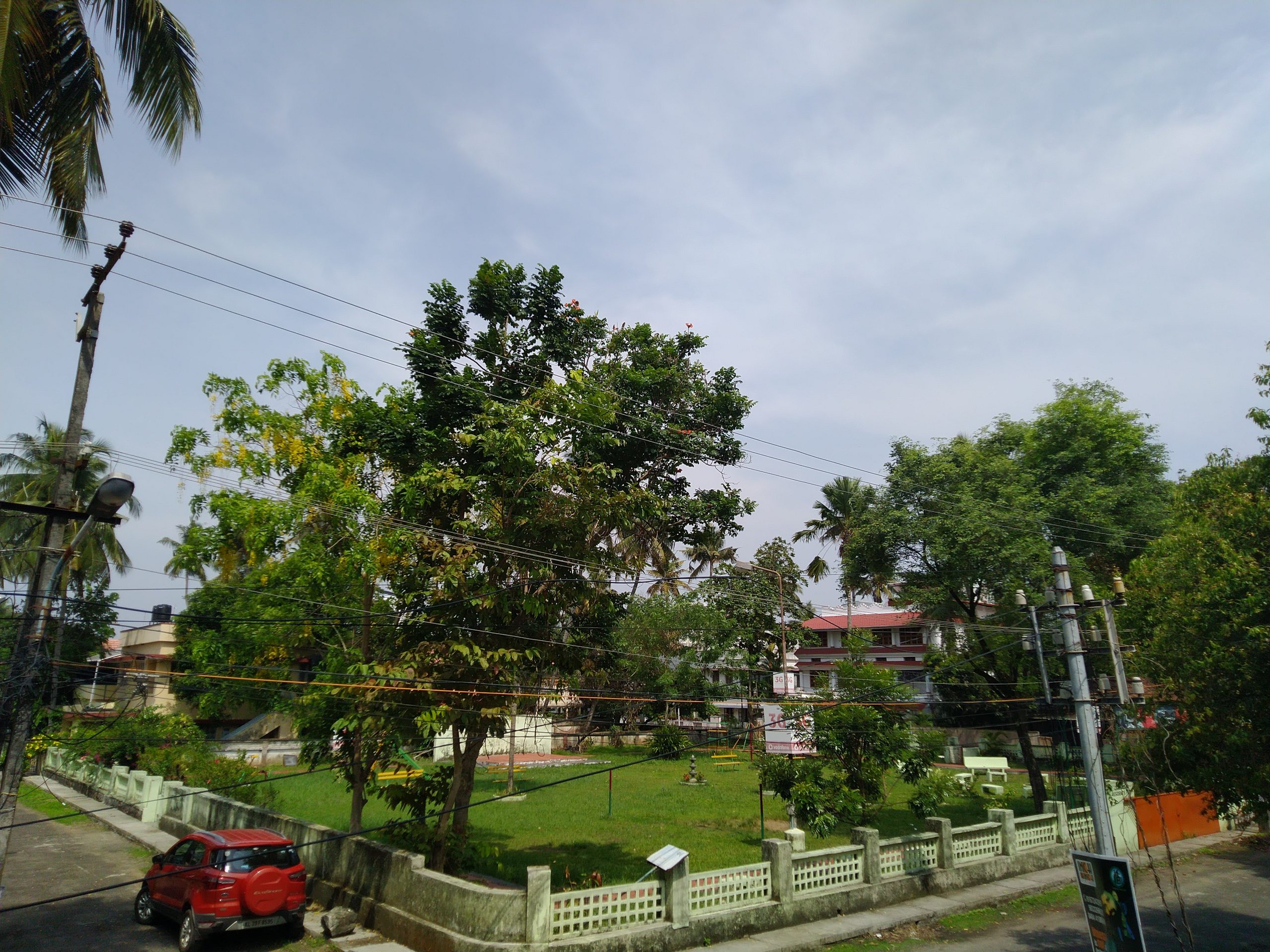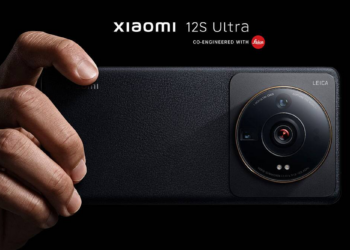ASUS has announced the latest budget smartphone from the company, the Zenfone Max Pro M1 in India. The device will compete with Redmi Note 5 Pro in terms of performance and price. The device comes with 5.99 inch Full HD+ resolution display and is powered by Snapdragon 636 Octa core processor with either 3GB or 4GB of RAM and comes with 5000mAh battery. There is also dual camera available on this device. So how does this phone compete in this segment? Let’s find out in the detailed ASUS Zenfone Max Pro M1 review.
Related Reading: ASUS Zenfone Max Pro M1 Hands on
Here is the video review of the device.
Design and Build Quality:
In the design department, the Zenfone Max Pro M1 is made of metal chassis and feels pretty good in terms of looks as well. While the device doesn’t offer anything substantial from the competition, it still looks decent. The power and volume keys are placed on the right side, while the SIM tray is placed on the left side. The bottom panel has 5 magnet speaker unit, micro USB charging slot and also 3.5 mm audio jack. The top panel does not have any openings. The rear panel has the dual camera set up and it is flushed to the panel, so there is no projection. The fingerprint scanner sits below it and you can also see the ASUS logo at the bottom.
Overall, in terms of build quality, the Zenfone Max Pro is quite good and we don’t have anything to complain here. The thickness of the device is slightly on the higher side which can be attributed to the face that it comes with 5000mAh battery.
Display:
Zenfone Max Pro M1 packs a 5.99-inch Full HD+ resolution display and thankfully ASUS has not gone for the notch display. The display has 2.5D curved glass and has 500 nits of brightness and has good visibility outdoors. The touch response of the display is also smooth with good color reproduction. Sadly the only downside for the display is that it does not come with any protection in the form of Gorilla Glass. Overall, the display on the Zenfone Max Pro M1 is quite good.
Software:
While Zenfones have come with Zen UI, the company has adopted a new approach and providing stock Android on Max Pro M1. While this is not under Android One Platform, the company is offering two major upgrades for this device, namely the Android P and Android Q (whatever the final name is). The UI on the device is mostly stock and there is hardly any customizations on the phone other than a few gestures.
The notification toggles and settings panel is exactly as you can see on a stock Android-powered smartphone. The company has also removed all bloatware from the regular Zenfone and included just sound recorder and calculator along with FM radio. There aren’t any third party apps installed and this is definitely a welcome move.
Performance:
The Zenfone Max Pro M1 is powered by Snapdragon 636 Octa-Core processor which powers the Redmi Note 5 Pro as well. The Snapdragon 636 is one of the really powerful chipsets in mid-range and performs extremely well. The Zenfone Max Pro M1 has good overall performance in day to day experience and we did not see any issues so far. The gaming abilities of the device are also really good with hardly any lags or overheating. The device was pretty good in temperature control as well.
The device has fingerprint scanner located on the rear panel, while the fingerprint scanner is accurate, it is a tad slow to unlock the device. There is also face unlock option provided by the company which works in daylight and with adequate artificial light, but in darker areas, it does not unlock. The phone also comes with 5 magnet speaker and the output is very good with the sound being loud as well.
The phone offers 32GB and 64GB of storage along with 3GB or 4GB of RAM. In case you want to expand the storage, there is a dedicated SD card slot included in the device along with dual SIM and 4G LTE. The device is also capable of dual VoLTE standby.
Camera:
Going by the current trend of dual cameras, Zenfone Max Pro M1 also follows it with 13MP primary rear camera with F/2.2 aperture and secondary 5MP camera for depth sensing. The front camera is an 8MP shooter. The rear camera is capable of 4K recording and ASUS has promised EIS support, but not available as of now. The camera UI offered is from the Snapdragon’s camera app and while it has most of the features, it is not the best app in terms of user-friendliness.
Coming to the camera samples taken with the device, the Zenfone Max Pro has good colors and decent sharpness levels in daylight conditions and the photos came out quite well. The close-up images also had good details. But when it comes to low light photos, the performance was a slight letdown although ASUS says they will be working on it. The low light photos had some noise and details are not very evident. The selfie camera performance was also average and for a selfie-focused market, ASUS should have gone with a better selfie camera.
Here are some samples taken with the device.
Battery Life:
ASUS Zenfone Max Pro M1 packs a 5000mAh battery which is one of the largest in this segment. With the large capacity battery, you can also use the device as a power bank using UTG cable. The battery performance is very good and you can easily get 2 days of battery life with moderate usage on this device. Unfortunately, there is no fast charging supported on this device which is a downside considering the amount of time it takes to charge the device.
Verdict:
Priced at Rs 10,999 for the base 3GB RAM variant, the ASUS Zenfone Max Pro M1 beats the competition with Stock Android, 2 major promised updates, better battery life and great performance. Probably the only downside is the camera performance which could be improved with future updates.
Even the 4GB RAM variant priced at Rs 12,999 is cheaper than the Redmi Note 5 Pro by Rs 2000. Overall, the ASUS Zenfone Max Pro M1 is a solid allrounder and a worthy competitor to Redmi Note 5 Pro.

